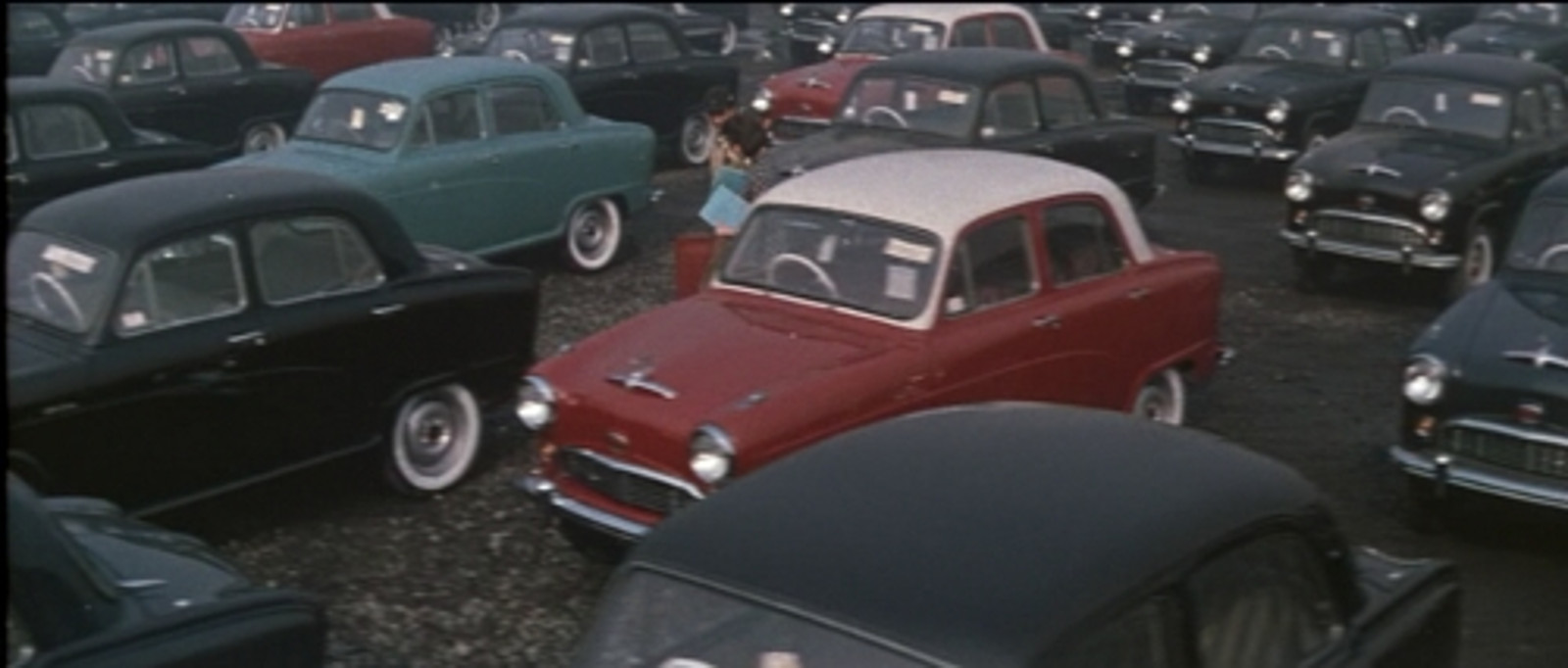
Hayao Miyazaki, whose THE WIND RISES (2013) gathered various praises and criticisms over last few months, made a particularly harsh remark about the coming Zero fighter movie, EI-EN NO ZERO (2013) due open this winter. Based on the bestseller novel of the same title by Naoki Hyakuta, the story is about the brother and sister who investigate their grandfather’s past as a Zero fighter Kamikaze pilot. Miyazaki criticized it is “packed with inaccuracies” and “filled with the same old sentiment”. To me, this morbid obsession with this particular type of warplane, – Zero fighter -, by both of these men is more puzzling. I can see that its history and its technologies might interest some, but is it necessary to invite such a public debate – or an argument, rather – on this issue? I think it is more worthwhile to look at how people were drawn into this myth of Japanese aviation superiority, through propaganda films, for example.
These three wartime propaganda films show us how they tried to convince people that Japanese air fighter and bomber pilots were so cool. They praised the heroes, irrespective of well-known or unknown. These films reveal more about the ideal of military and its soldiers, which evaporated into the ‘myth’ in later years.
Flaming Sky (燃ゆる大空, 1940)
[Moyuru Ozora]
Directed by Yutaka Abe
Starring Den Obinata
Special effects by Eiji Tsuburaya.

The film was produced during Second Sino-Japanese War, before the Pearl Harbor Attack in 1941. The film mainly concerns the training of newly-recruited pilots and their daily life, then their subsequent fighting experiences in China. Army supported the production, providing all the authentic airplanes, training and actual actions. They even provided the older biplanes disguised as Chinese fighter planes. Obinata plays the trainer-turned-combat-leader, who is passionate and cool at the same time. All his boys love him, of course. The film is not as intense, full of sugar-coated camaraderie, until young pilots are killed in action one by one. Last twenty minutes are fairly grim, as the message of self-sacrifice is heard loud and clear.
To the Sky of Decisive Battle (決戦の大空へ, 1943)
[Kessen no Ozora e]
Directed by Kunio Watanabe
Starring Setsuko Hara, Minoru Takada

The film is noted for fairly detailed record of Yokaren, Navy Aviation Training School, in Tsuchiua, Ibaraki. Setsuko Hara plays a young hostess in “club house” for those trainees. It may sound tantalizing, but these trainees were only sixteen years old or so, and these “club house” were just ordinary houses of locals, pretending as these kids’ ‘home’ during their day-offs. The whole film follows these trainee’s barrack life, and, in parallel, Hara’s young brother’s growing pains. In the end, the trainees graduate from the School, marching off to their assignment, while Hara’s younger brother enrolls in the School. Navy introduced the ‘quickie’ training course for the School this year, to supply more combat pilots to deteriorating defensive lines in the Pacific Theatre. In 1944, many of the graduates from the School ‘volunteered’ for the Kamikaze units.
Colonel Kato’s Falcon Squadron (加藤隼攻撃隊, 1944)
[Kato Hayabusa Kogekitai]
Directed by Kajiro Yamamoto
Starring Susumu Fujita
Special effects by Eiji Tsuburaya.

Tateo Kato (1903 – 1942) was a legendary commando leader and ace pilot during the early days of Pacific War. His unit made distinguished record in Battle of Malaya and Burma. The film follows the glory of these battles under his leadership, contrasting his devotion to the war effort and his charming personality. The film was produced during the last stage of the war, when the authorities were eager to hide their miserable realities from the public. Better days of victories are glorified through the life and death of this ‘cool’ ace pilot. The film did help to boost nation’s morales, becoming the biggest box office hit of the year. Tsuburaya’s special effects are superb. Probably the best of his efforts during war years, it is noted for its smooth transition between live action and effects/miniature shots, and complex techniques to achieve various perspectives in action sequences. Hayabusa is the name of newly designed fighter plane, for which Kato’s unit was noted.
Watching these films, some may find they are innocuous. Some (Japanese) may say, these are the evidence of our sincerity, solemnly recognizing self-sacrifice. You see, though they are not relevant any more, these films still illicit false pride among some immature audiences. You have to comb through the webs of history to see the ‘intent’ of the production. What they wanted was soldiers, young men carrying bombs, filled with ‘pride’. ‘Sacrifice’ was the price, and it was cheap. False pride have precipitated to be crystallized, albeit through very slow process, and one of these crystals is bizarre obsessions with war machines such as Zero fighters. Sickly sweet ecstasy of ‘self-sacrifice’ is still breathing under the deceptive layers of pacifism.
Copyrighted materials, if any, on this web page are included as “fair use”. These are used for the purpose of research, review or critical analysis, and will be removed at the request of copyright owner(s).

Pingback: The Old Man of the Propeller (1939) | Enic-cinE